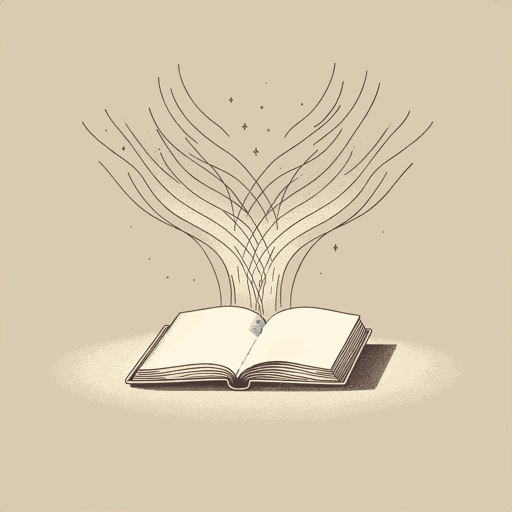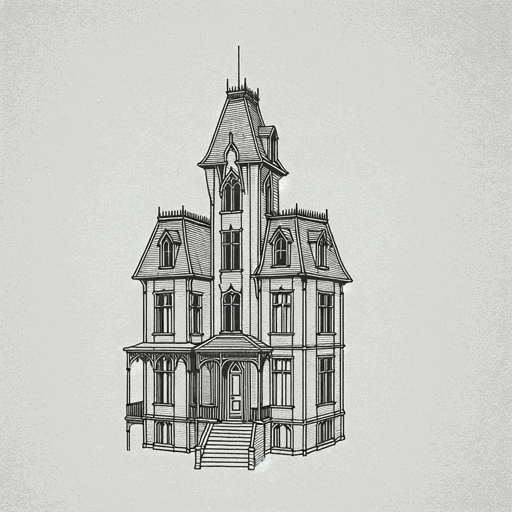60 pages • 2 hours read
Carlos Ruiz ZafónThe Shadow of the Wind
Fiction | Novel | Adult | Published in 2001A modern alternative to SparkNotes and CliffsNotes, SuperSummary offers high-quality Study Guides with detailed chapter summaries and analysis of major themes, characters, and more.
Summary and Study Guide
Overview
Structured as a mystery wrapped within a story within a story, The Shadow of the Wind by the Spanish writer Carlos Ruiz Zafón and translated into English by Lucia Graves, explores themes of love and the importance of storytelling in keeping alive memories of the dead. Part mystery, part potboiler, part romance, and part gothic horror story, the novel mingles realism and magical realism elements into a dramatic plot, while also delineating a large cast of diverse characters in one small corner of Barcelona, covering the years from about 1914 to 1966. This time period includes the Spanish Civil War and its aftermath, forming a backdrop against which the lives of simple, individual people are grimly endured or ruined by tyranny and evil.
While Zafón deliberately borrows many themes and literary techniques from other authors, most specifically Gabriel Garcia Marquez’s and Luis Borges’ magical realism techniques and Umberto Eco’s gothic atmosphere and moral tone, he layers these borrowings with substantial characterizations—and a fantastical plot—that bring his story alive. Most notably, the story centers around the mysterious Cemetery of Forgotten Books, a labyrinth where books and their living souls are stored, cherished, and protected.
Tucked into an obscure neighborhood within the old city of Barcelona, a young man named Daniel Sempere lives a quiet life with his father, who runs a bookshop. When Mr. Sempere takes 10-year-old Daniel to the Cemetery of Forgotten Books in early summer 1945, the magic begins when Daniel finds a book that he feels has been waiting for him since before he was born: The Shadow of the Wind by Julián Carax. From this moment, Daniel’s life will never be the same.
Immediately, a rare book collector offers him a huge sum of money for the book, but Daniel will not part with it. Instead, Daniel becomes obsessed with finding Carax’s other novels and in discovering as much as he can about the author’s life. As Daniel tells his beloved Bea regarding the book, “‘It’s a story of love, of hatred, and of the dreams that live in the shadow of the wind’” (178). Since this novel is titled The Shadow of the Wind, just as Carax’s book is, the reader can associate one with the other, applying the same meaning to both novels. In fact, because the wind logically has no shadow, the title also immediately speaks to the magical, fated, and coincidental connections between people and events.
Accordingly, Julian Carax’s and Daniel Sempere’s lives mirror one another: both are the same age when they fall in love and consummate a romantic relationship with their beloveds, both beget sons from their unions, both are writers, and both face strong opposition from their girlfriends’ fathers. However, the endings of their romances are very different. Julián flees Barcelona, never to see his Penélope or their son alive again, but Daniel marries his Bea and lives a happy life.
The plot of the novel follows Daniel’s coming of age from that fateful day his father takes him for the first time to the Cemetery of Forgotten Books through his marriage to Bea, ending 10 years after his son’s birth. In the most central section of the novel, Daniel tracks Julian’s life story with the help of his friend, Fermín. The climax of the novel occurs when Julian kills the evil Fumero, who has shot Daniel. Daniel dies, but he is miraculously saved by a vision of his mother.
The novel ends with Daniel’s finishing his novel, the one that the reader is just finishing, also called The Shadow of the Wind. In Daniel’s ending, all of the characters find love, and Daniel takes his son, Julián, to the Cemetery of Forgotten Books.
Related Titles
By Carlos Ruiz Zafón



